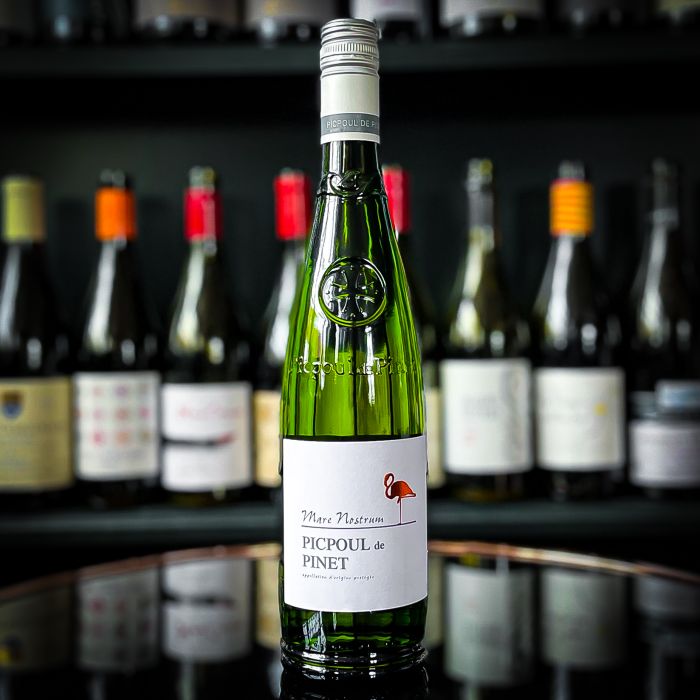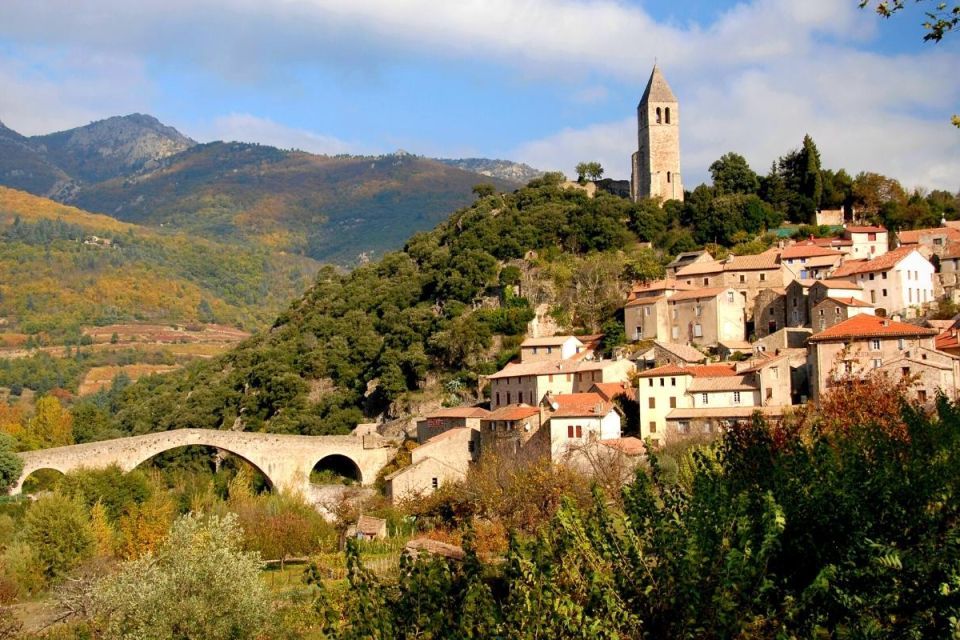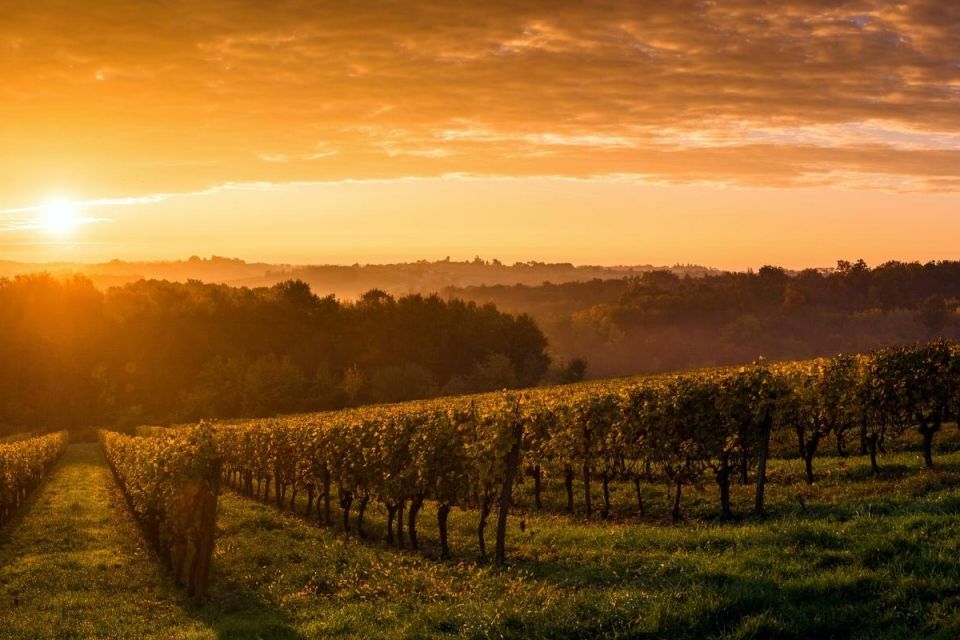Your Mini Basket
Languedoc-Roussillon in the south of France stretches from the Rhône valley in the east to the Spanish border in the southwest. The region of Languedoc has belonged to France since the thirteenth century and the Roussillon was acquired from Spain in the mid-seventeenth century. The two regions were joined as one administrative region in the late 1980s.
Dominated by 300,000 hectares of vineyards, it is France’s largest wine producing region. Vineyards are often called ‘patchwork’ because so many different grape varieties grow together, and many producers make blends instead of single varietal wines. Reds are rich with Syrah, Grenache, Carignan and Mourvedre as major components. Whites are unoaked and zesty, made mostly with Picpoul and Grenache Blanc.
Important appellations include Minervois, Corbières, Picpoul de Pinet and Terrasses du Larzac. Blanquette de Limoux and Crémant de Limoux are popular sparkling wines from the Languedoc-Roussillon region.



